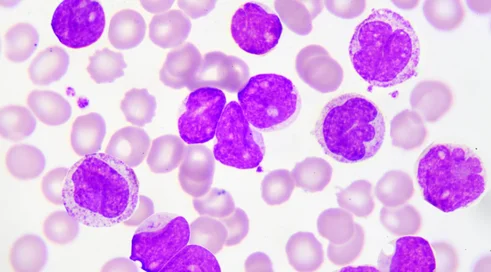- The mainstay of testing is a blood count, which reflects our overall health - such tests should be performed prophylactically once a year. It is important to remember that the sooner we detect the disease, the more effective the treatment will be. The scope of diagnosis and treatment in the field of hematooncology is at a very high level. A good example is plasmocytic myeloma, which, thanks to the development of medicine and the availability of modern therapies, is becoming a chronic disease, although still incurable and heterogeneous. Treatment makes it possible not only to improve the patient's quality of life, but also to prolong it. Due to the nature of the disease - recurrence and increasing drug resistance - patients need a full range of therapies in this area. Waiting with hope for new therapies are patients in the 4th and subsequent lines of treatment and with nephrological complications, because it is for them that therapeutic options have run out and are currently standing against the wall without access to effective treatment, despite previous therapies - emphasizes Lukasz Rokicki president of the Wieslawa Adamiec Carita Foundation.
Blood cancers are diseases in the area of hematological diseases that develop in the hematopoietic system - in the bone marrow and/or the lymphatic system. Tumor cells become incorporated into the bloodstream thereby displacing healthy ones. This causes them to be unable to perform their previous functions in the body, such as fighting infection, preventing hemorrhage or transporting oxygen. We divide blood cancers into cancers of the hematopoietic system and cancers of the lymphatic system. I include plasmocytic myeloma, acute myeloid leukemia, chronic myeloid leukemia, acute lymphoblastic leukemia, chronic lymphocytic leukemia (the most common type of leukemia), non-Hodgkin's lymphomas, Hodgkin's lymphoma.
Content locked
To gain access to the complete English section of the Medexpress.pl, kindly reach out to us at english@medexpress.pl.


















